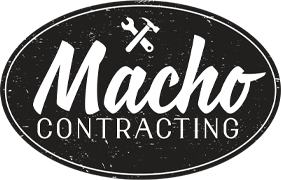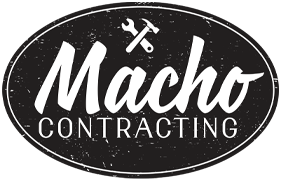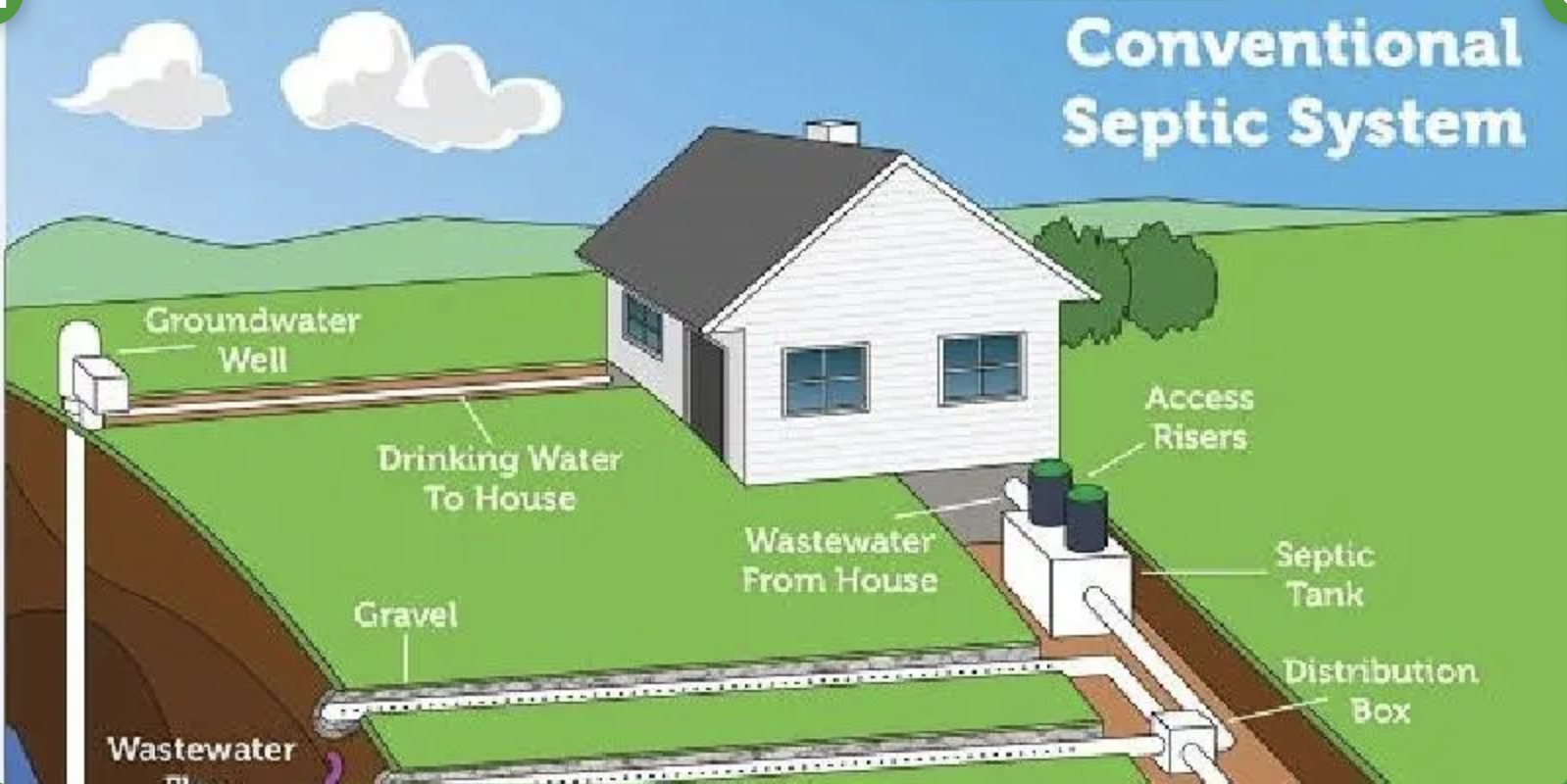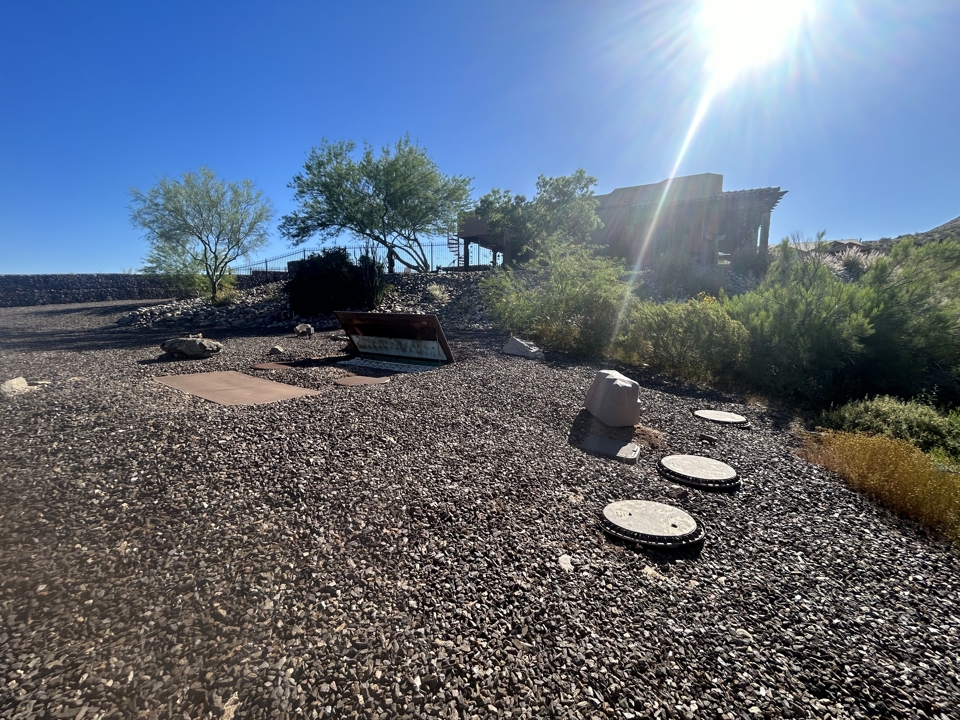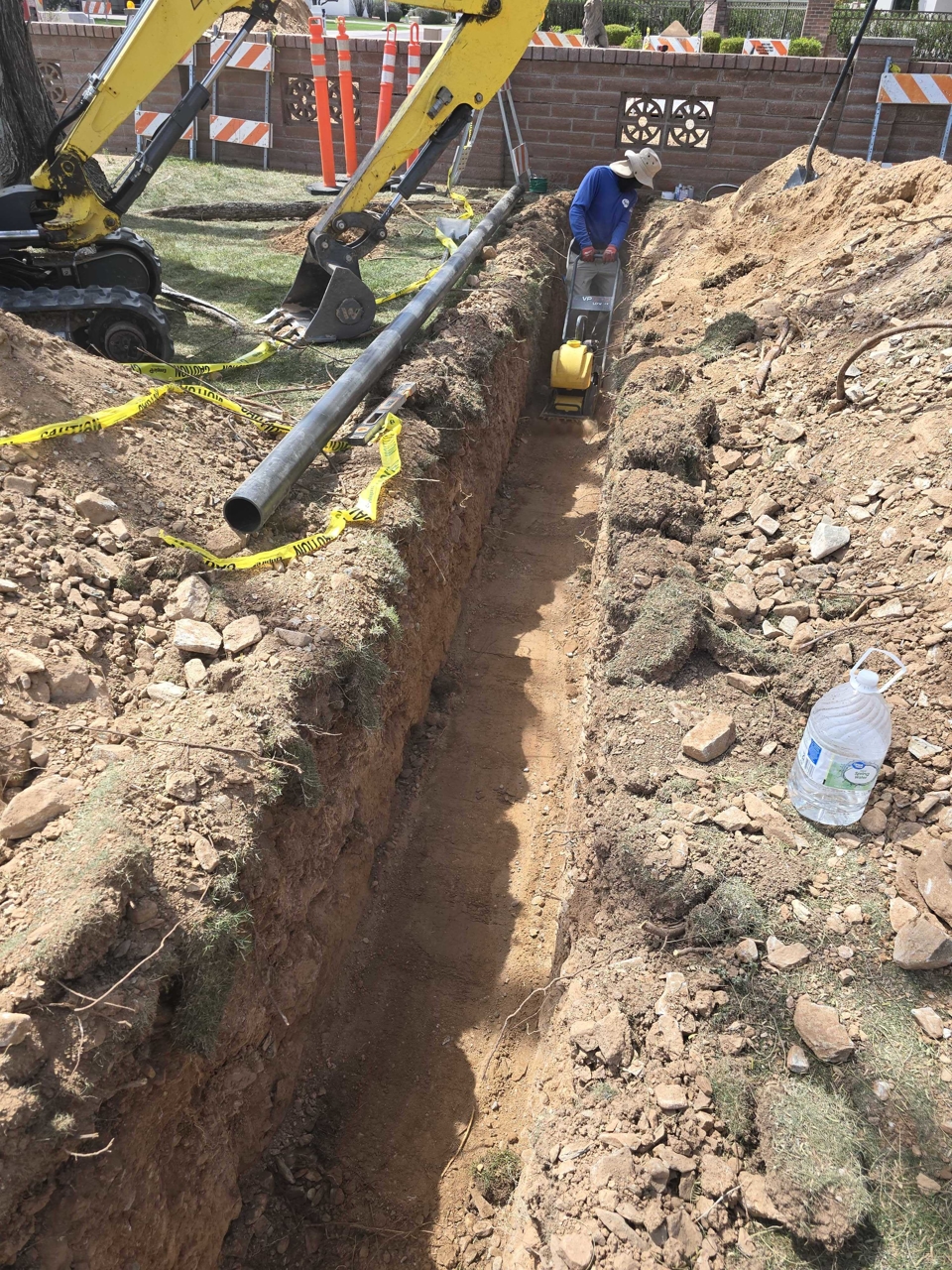A properly functioning septic system is essential for the health and safety of your home and environment. The drainfield, also known as the leachfield or soil absorption area, plays a critical role in treating and dispersing the effluent from your septic tank. However, over time, drainfields can fail due to various reasons. Recognizing the signs of a failing drainfield early can save you from costly repairs and potential health hazards. Here are the common signs of a failing drainfield and what you can do about it.
Common Signs of a Failing Drainfield
Standing Water or Wet Spots in the Yard One of the most obvious signs of a failing drainfield is the presence of standing water or unusually wet spots in your yard, especially around the area where your drainfield is located. This indicates that the effluent is not being properly absorbed into the soil.
Lush, Green Grass Over the Drainfield While a healthy lawn is a good thing, exceptionally lush and green grass over the drainfield can be a sign of trouble. This may indicate that the effluent is surfacing and providing extra nutrients to the grass, which shouldn’t happen in a properly functioning system.
Slow Drains and Sewage Backups If you notice that your sinks, toilets, and other drains are slow to empty, or if you experience frequent sewage backups, it may be a sign that your drainfield is failing. This occurs when the soil absorption area can no longer handle the volume of wastewater.
Unpleasant Odors Foul odors around your property, particularly near the drainfield or septic tank, can indicate that the effluent is not being properly treated and absorbed. This can be a sign of a saturated or clogged drainfield.
Gurgling Sounds Hearing gurgling sounds from your plumbing fixtures when they are in use can be a sign of a septic system issue. This usually indicates a problem with the flow of wastewater through the system, often related to a failing drainfield.
Causes of Drainfield Failure
Overloading the System Excessive water usage can overload your septic system, causing the drainfield to become saturated. This can happen if you have leaking fixtures, excessive laundry loads, or if there are more occupants in the home than the system was designed to handle.
Compacted Soil Heavy machinery, vehicles, or even foot traffic can compact the soil over the drainfield, reducing its ability to absorb effluent.
Tree Root Intrusion Tree roots can invade the drainfield, causing blockages and damage to the pipes. It’s important to plant trees and shrubs a safe distance away from the drainfield.
Improper Maintenance Neglecting regular septic tank pumping and inspections can lead to sludge and scum buildup, which can then overflow into the drainfield, causing it to fail.
What to Do About a Failing Drainfield
Reduce Water Usage Immediately reduce water usage in your home to prevent further saturation of the drainfield. Fix any leaking fixtures and consider installing water-saving devices.
Inspect and Pump Your Septic Tank Contact a professional to inspect and pump your septic tank. Regular maintenance can prevent many drainfield problems.
Divert Water Sources Ensure that gutters, downspouts, and other sources of surface water are directed away from the drainfield to prevent additional saturation.
Consult a Professional If you suspect your drainfield is failing, it’s crucial to consult a septic system professional. They can assess the situation, identify the cause of the failure, and recommend the best course of action. This might include rejuvenating the drainfield or, in severe cases, installing a new one.
Consider Alternative Systems In cases where the drainfield cannot be repaired or replaced, consider alternative septic systems such as mound systems or aerobic treatment units that may be more suitable for your property conditions.
Preventive Measures
- Regular Inspections: Schedule annual or semi-annual inspections of your septic system to catch potential problems early.
- Routine Pumping: Maintaining a consistent schedule for septic tank pumping, typically every 3-5 years, depending on your household size and usage, helps prevent system overload and prolongs its lifespan.
- Mindful Landscaping: Be mindful of your landscaping choices by avoiding planting trees or shrubs near the drainfield, as their roots can infiltrate and damage the system. Additionally, refrain from placing heavy objects on the drainfield area to prevent soil compaction and potential damage to the system.
- Educate Household Members: Make sure everyone in your household knows what should and shouldn’t go down the drains. Avoiding items such as grease, non-biodegradable products, harsh chemicals, excessive food waste, coffee grounds, medications, and paper products ensures the longevity of your septic system.
By recognizing the signs of a failing drainfield and taking appropriate action, you can ensure the longevity and proper functioning of your septic system. Regular maintenance and mindful usage are key to preventing drainfield problems and protecting your investment in your home’s wastewater treatment system.
